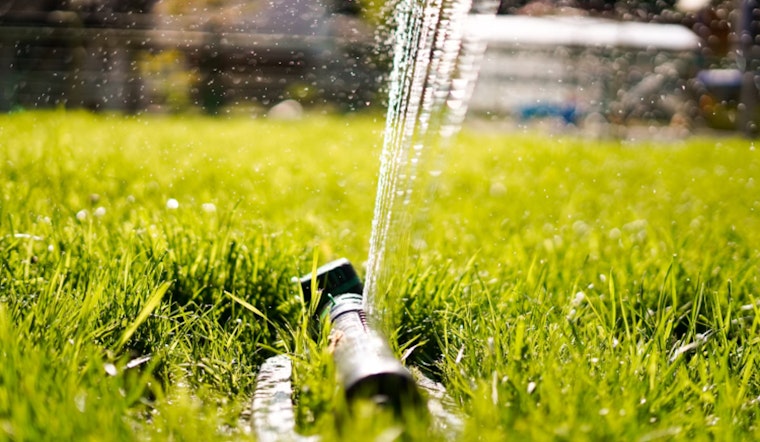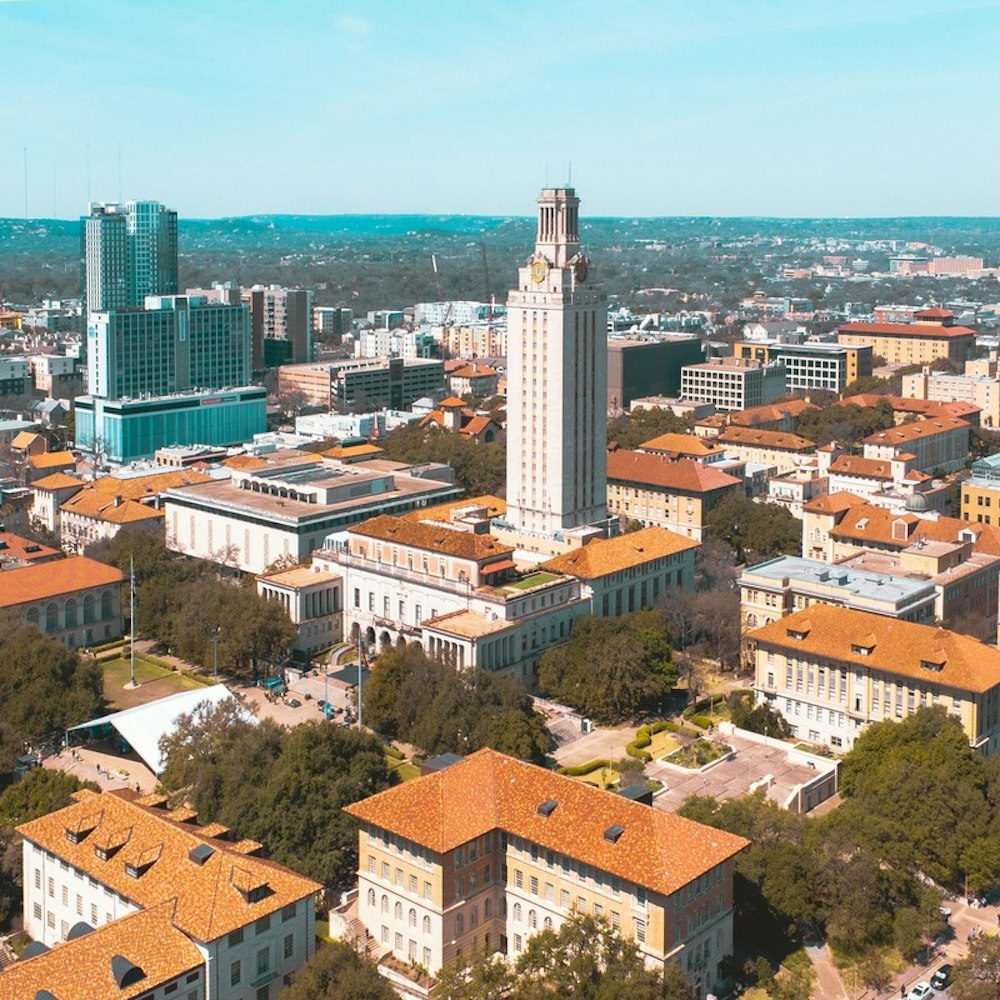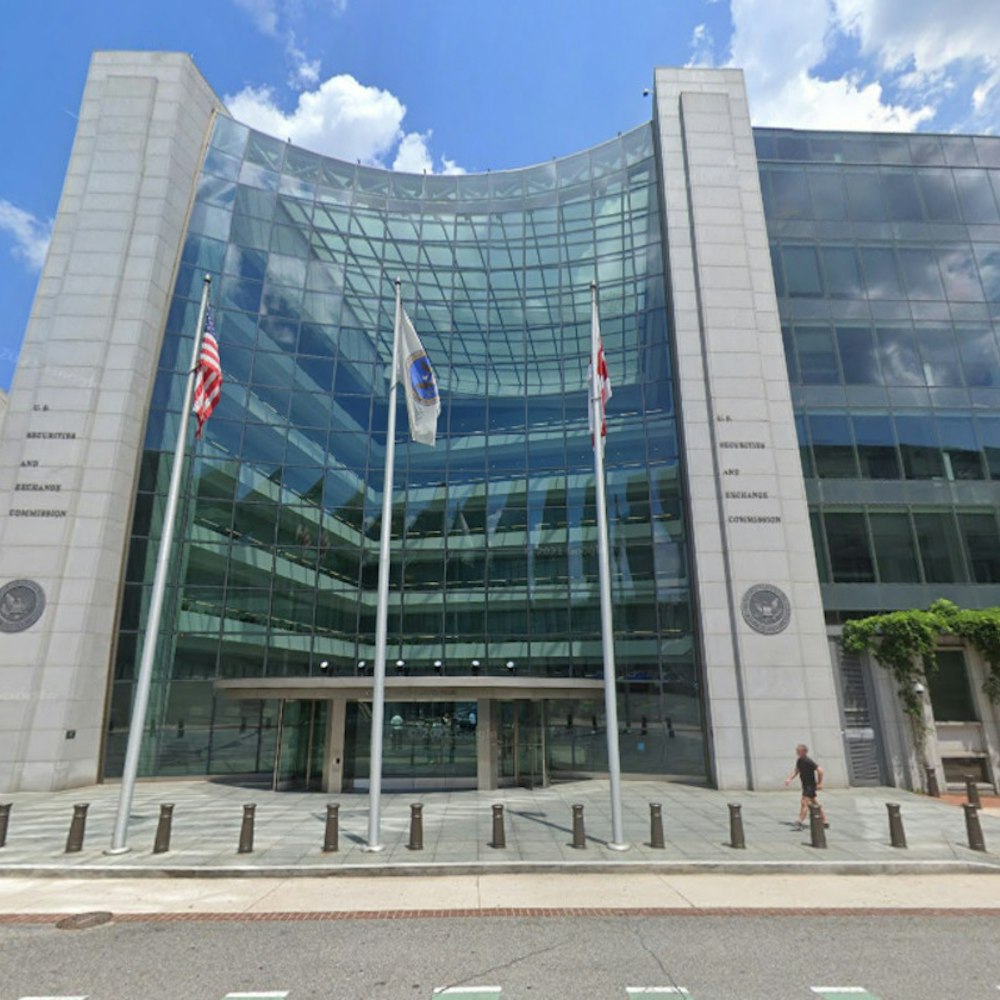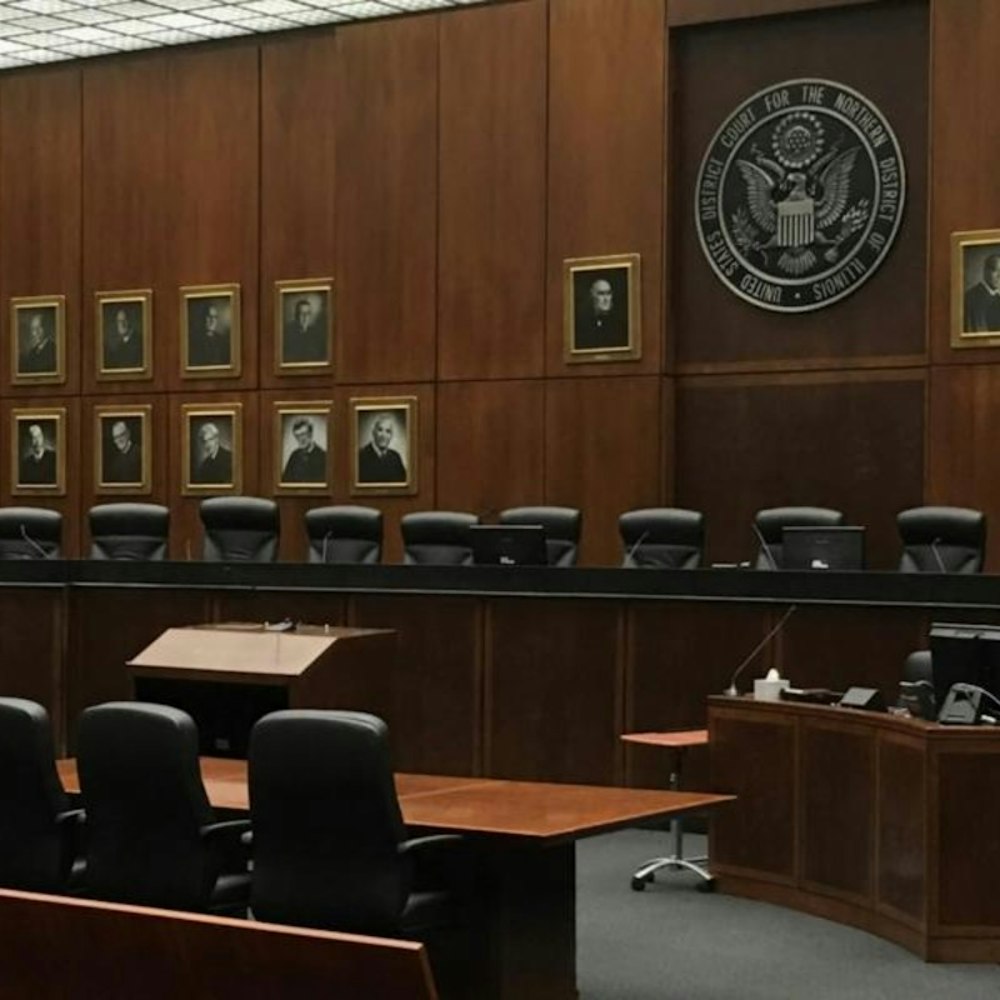
In response to the grueling heat and persistent droughts plaguing San Marcos, Texas, the city council has voted to overhaul its water restriction policy for the first time in a decade, a move seen as crucial for managing water resources amidst a population surge. The city, now home to over 70,000 residents, will condense its previous five-stage drought system to a more manageable three-stage structure, easing the community's understanding and compliance, according to KVUE.
San Marcos' new policy reflects a strategic shift toward a more integrated approach, recognizing the diversification of its water sources, Tyler Hjorth, the director of utilities, explained to city council members in a presentation reported by Texas Public Radio, he said that water from the Edwards Aquifer, formerly the city's primary source, remains cheaper but due to the Carrizo-Wilcox Aquifer now adding to the supply, the city's plan is reshaped to tap into these broader reserves despite water levels in these different supplies not being equal which poses a challenge in monitoring and acting on actual drought conditions.
Jan De La Cruz, San Marcos' water conservation coordinator, iterated the benefit of the newly simplified regulations saying, "We just wanted to sort of simplify and streamline and make them easier for people to understand and follow,” as per KVUE.
The new ordinance triggers Stage 1 restrictions when the city's water usage reaches 70% of its daily supply for a consecutive week, with subsequent stages at 75% and 80% utilization, as Hjorth delineated in his council presentation caught by Texas Public Radio, he also admitted that bringing residents up to speed with these changes was paramount, acknowledging past difficulties ensuring compliance and the city had leaned more on education rather than penalties to foster water conservation behavior.









